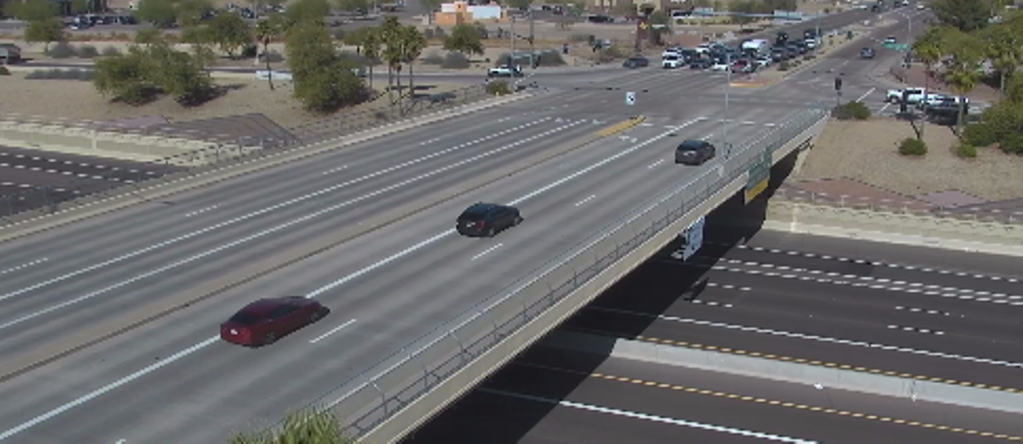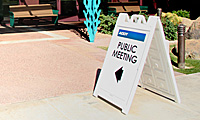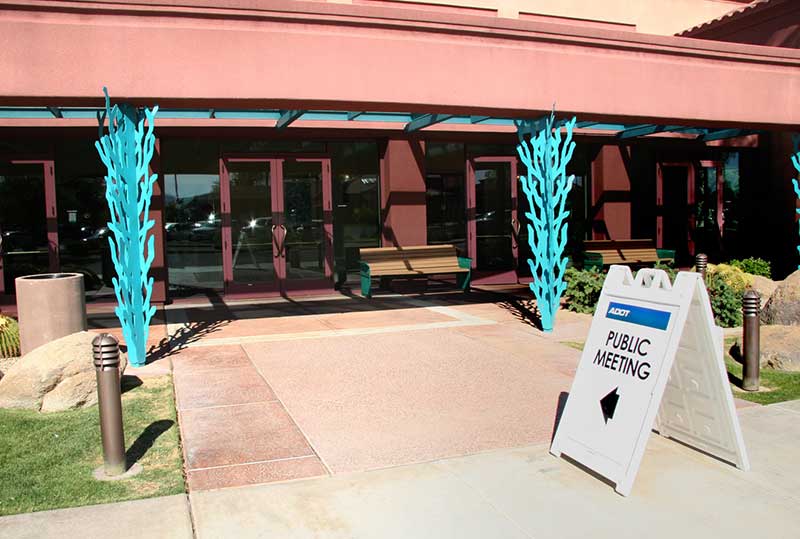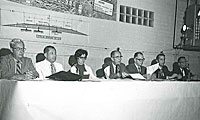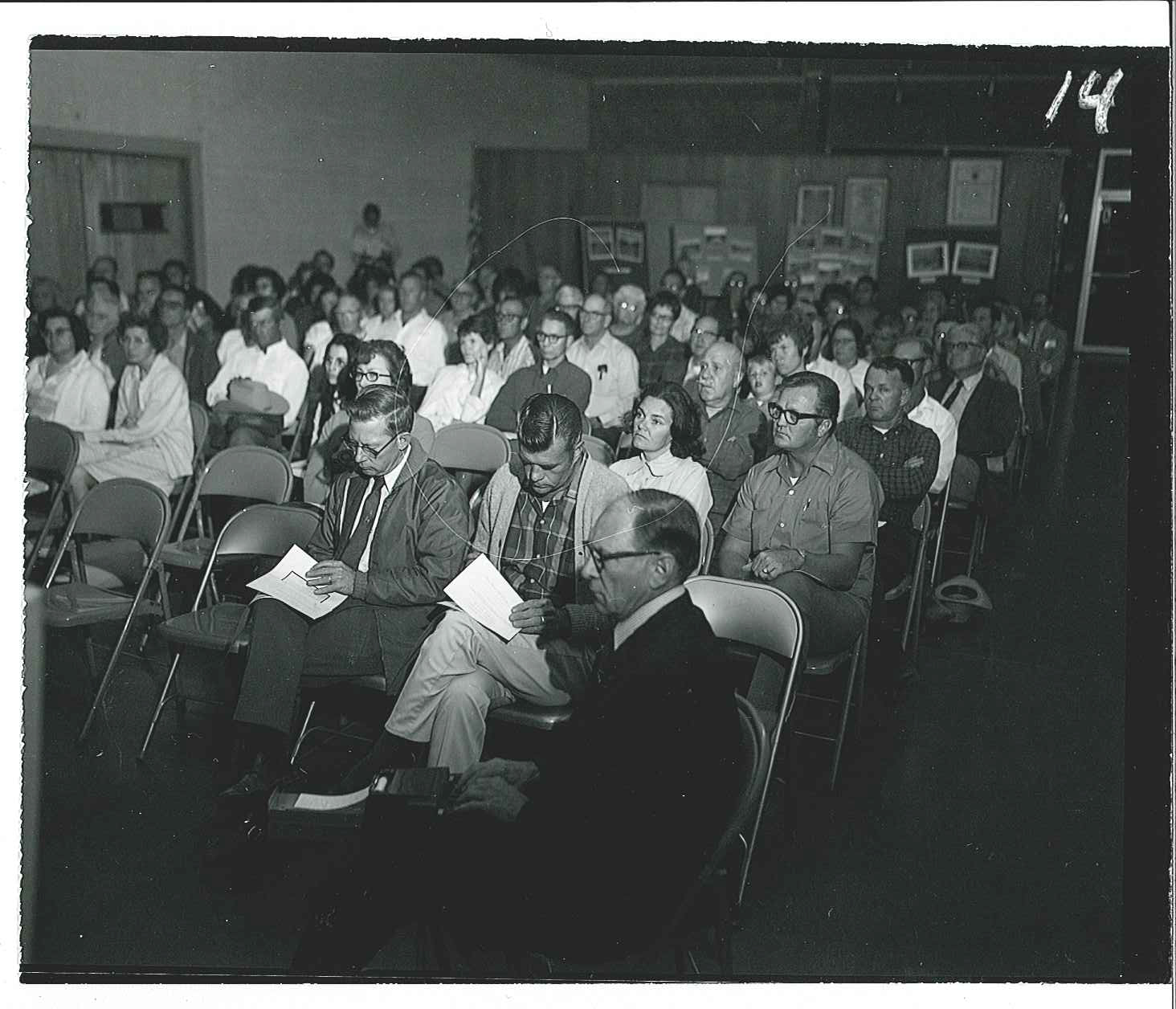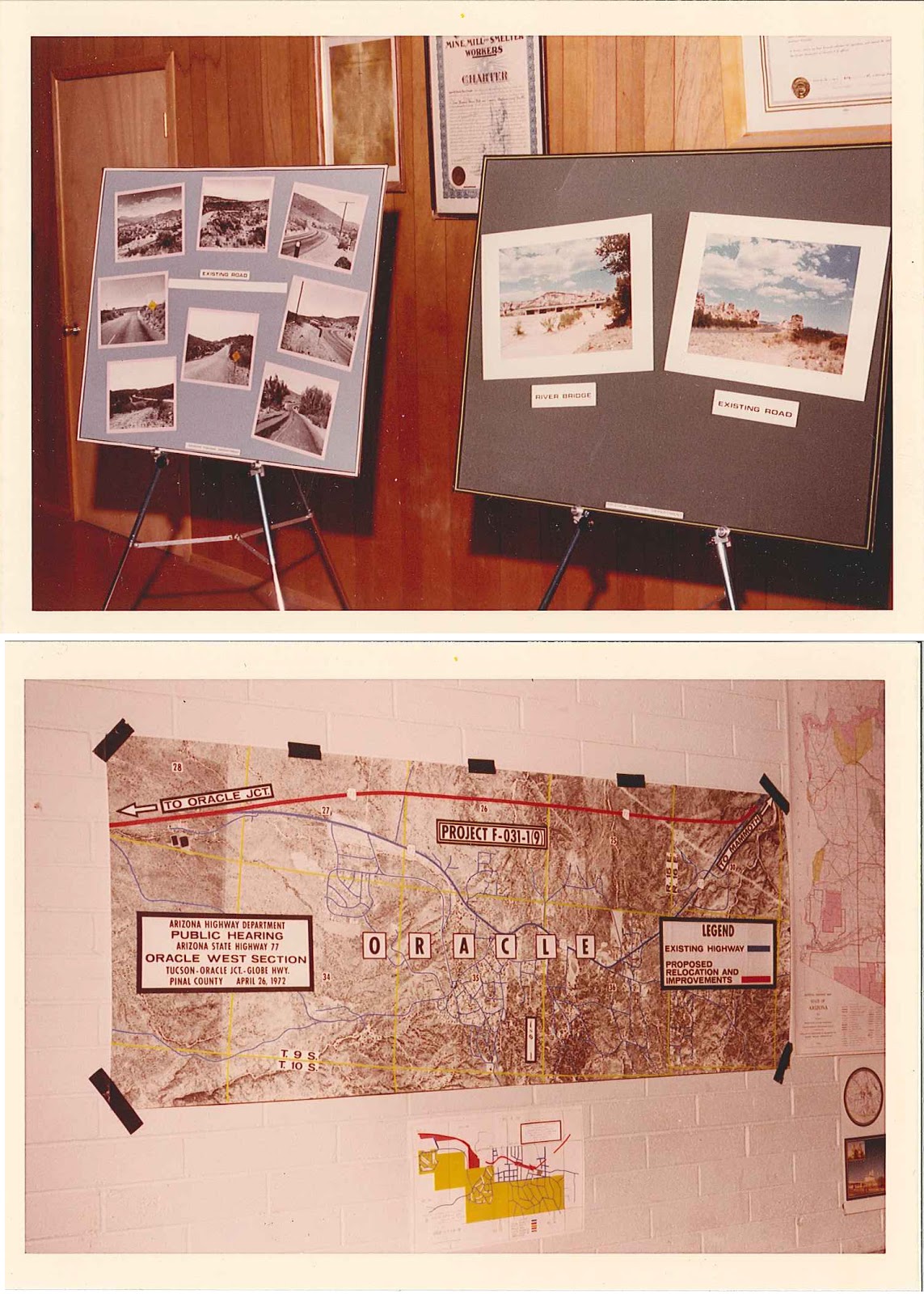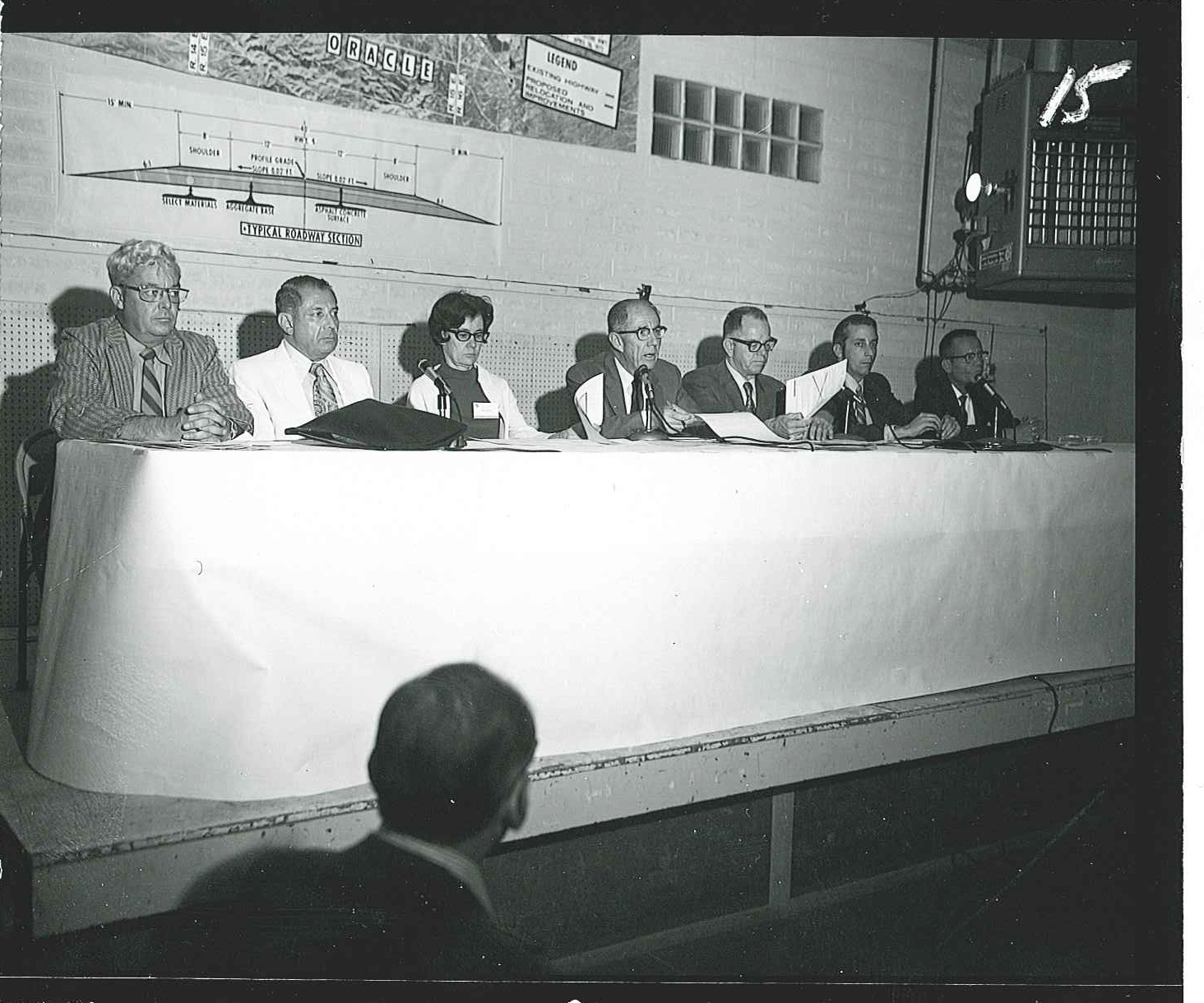The public's input helps to shape ADOT projects.
If you follow us on social media or check out our website from time to time, you’ve probably noticed that ADOT hosts a lot of public meetings.
From the annual hearings for the Five-Year Construction Program to the monthly State Transportation Board meetings and everything in between, we’re constantly out there talking and listening about future plans and current projects. Public input really does help shape ADOT’s projects.
We aren’t able to review every single type of meeting in this blog post (there are just too many), but we do want to give you an overview of some of the project-related meetings regularly held throughout the state. Hopefully, by the time you’re done reading this, we’ll have convinced you that you should attend the next one…
Let’s start with corridor study/scoping meetings.
These take place when ADOT is planning for a future transportation corridor. Generally, at this point in the planning process, a large area is being evaluated and no specific route has been identified. Typically, these meetings are held far ahead (sometimes decades) of any construction.
The next set of public meetings is usually held during the pre-design phase. This is when planners are looking at a more targeted, defined area. They’re also looking at environmental concerns at this stage. We’re not just talking trees and birds – ADOT also considers any socioeconomic factors that may impact the area.
It might be a good time for us to point out that all projects are subject to the National Environmental Policy Act (NEPA) process. We’re not detailing that aspect today, but if you’d like more information on environmental clearances, check out our post from earlier this year.
Finally, we’ve got to tell you about public meetings during the actual construction phase. These will happen if there’s a big impact on an area. ADOT’s Community Relations team will also make presentations and answer questions at various community meetings (HOA, city council, etc.) during this time.
Now that you know all that, maybe you’re still wondering why you should attend.
Senior Community Relations Officer Megan Griego says that meetings give residents a chance to learn information and find out about any potential project impacts. They also give people the opportunity to share their opinions with ADOT.
“The community’s input can really impact the project’s outcome,” she says. “People who live in the community understand how these routes work and they’re able to share valuable information with ADOT.”
What to expect
No two projects or public meetings are exactly the same. Most project-related public meetings will include a project overview, along with details on the current status and future plans.
If you do attend, you’ll hear from a variety of technical experts, engineers, planners and community relations officers.
Maps are usually a given at these meetings, but depending on the project ADOT might be able to provide advanced tools that help the public understand more about the project, including drive-simulations and roundabout “how-to” videos.
After the meeting
All comments collected at the meetings (and through email, mail or the ADOT website) are forwarded on to ADOT’s technical team. That team will research and write replies for all the questions. ADOT either responds in an official document related to the project or posts the answers on the project webpage.
We really are listening
Comments from the public really do make an impact. Remember the San Pedro River Bridge replacement project? Before work got started, residents took part in several ADOT public meetings where different construction alternatives were discussed. The public weighed in and ADOT went with an option that allowed SR 90 to stay open for the duration of the project – something that was important to residents.
How to find out about meetings
Public meetings are often advertised in local newspapers. ADOT will sometimes use radio and television ads to get the word out, too. ADOT sends postcards or fliers to residents near the project area. Social media, email, news releases are all utilized as well. ADOT also works with municipalities to make residents aware.
You’re urged to sign up for updates through our website to ensure you get all the project news for your area.
Now the big question is: Will we see you at our next public meeting? We hope so!


